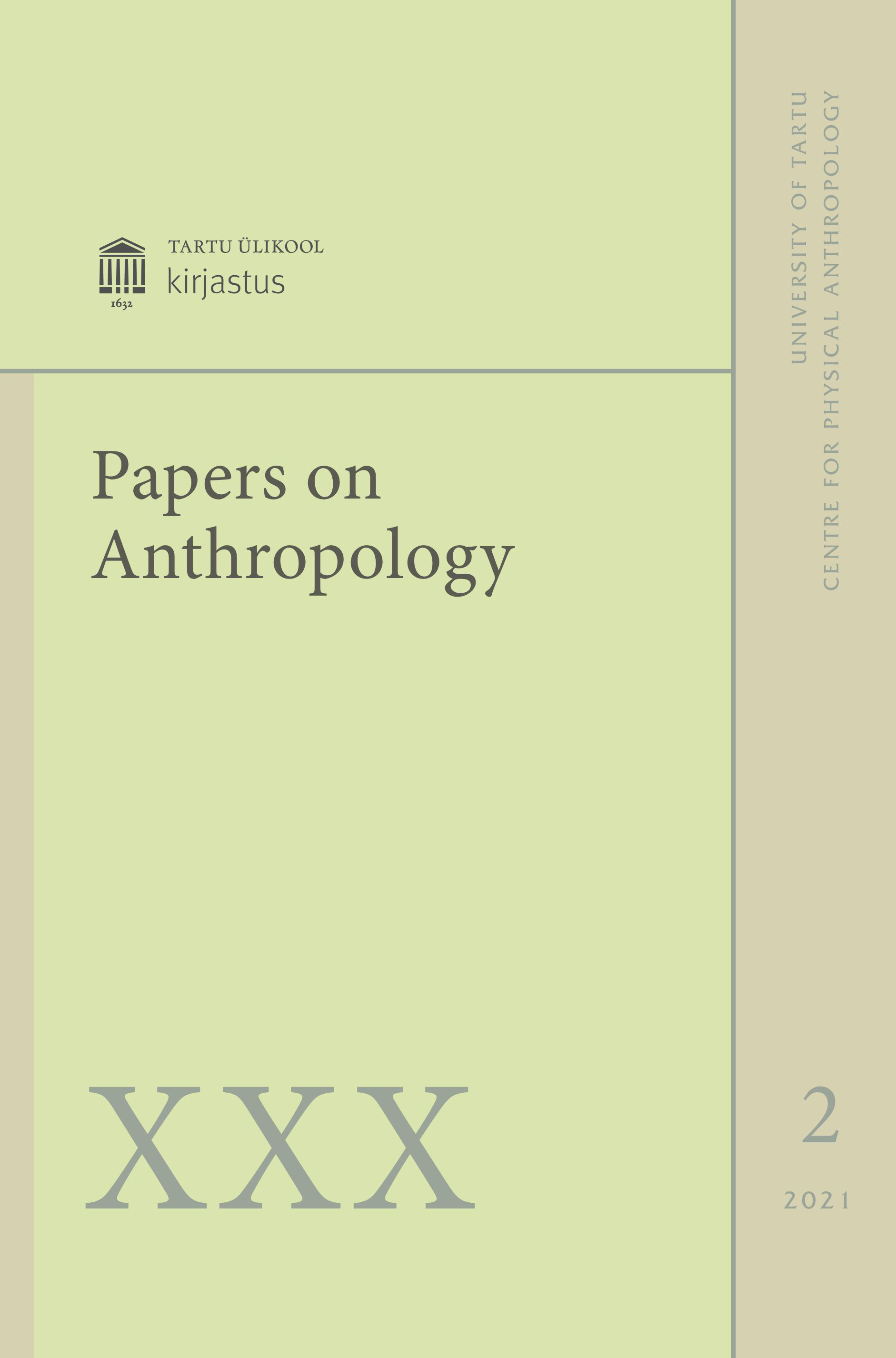Estonian women’s national volleyball team’s success in 2019 European Championship final tournament
DOI:
https://doi.org/10.12697/poa.2021.30.2.04Keywords:
volleyball, efficiency, women, championshipAbstract
The aim of the article was to analyse the game success and tactics of the Estonian team in subgroup C of the 2019 European Championship final tournament in sets won and lost.
The subjects were the players of the Estonian volleyball team in the final tournament of the European Championship in 2019. The paper analyses Estonia’s performance in five games of the European Championship: Hungary – Estonia, Croatia – Estonia, Romania – Estonia, the Netherlands – Estonia and Azerbaijan – Estonia. A total of 19 sets were analysed, four of which the Estonian national team won.
As a result, it was concluded that the Estonian volleyball team had higher efficiency indicators in all the four technical elements in the sets they won than in the sets they lost. Ball reception and serve efficiency differed less in the sets won and lost than attacking and blocking efficiency. Thus, it can be concluded that sets were lost mainly because of attack and block, not serve and reception.
The most efficient receiver (50%) in the Estonian women’s team was K. Nõlvak. The most efficient server (80%) was opposite spiker K. Moor. In attack, the most efficient player was outside hitter A. Ennok (28%). Estonia’s setter J. Mõnnakmäe was the most efficient in blocking (24%). L. Kullerkann also performed at a very good level among middle blockers and collected the greatest number of blocks in the tournament (57). K. Laak scored the greatest number of points in the championship (36 points).

